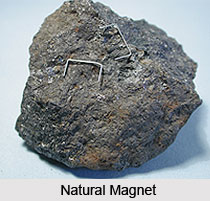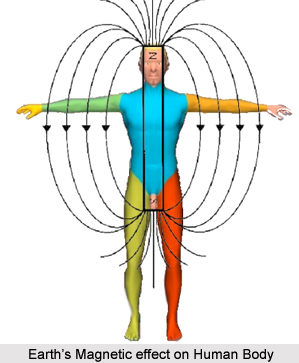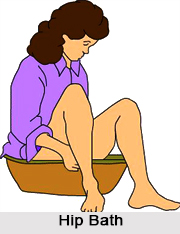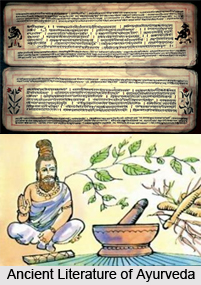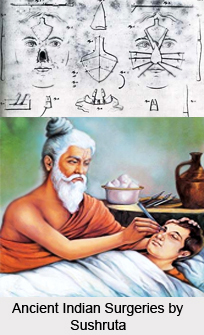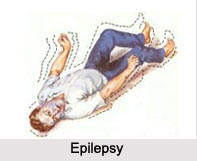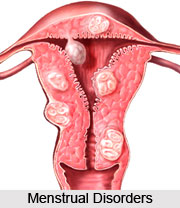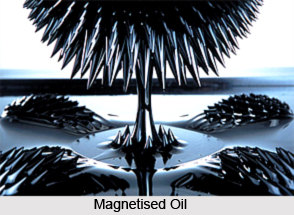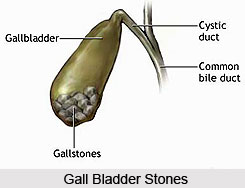 Gall bladder stones can be identified through several symptoms that appear with the development of stones. The symptoms help a lot in detecting the disease at an early stage and in taking proper actions for the treatment of gallstones. The symptoms vary with different types of gall bladder stones like cholesterol stones and pigment stones. The symptoms may vary according to the stage of evolution of the stones, as well.
Gall bladder stones can be identified through several symptoms that appear with the development of stones. The symptoms help a lot in detecting the disease at an early stage and in taking proper actions for the treatment of gallstones. The symptoms vary with different types of gall bladder stones like cholesterol stones and pigment stones. The symptoms may vary according to the stage of evolution of the stones, as well.
Different types of diseases like heart attacks, ulcers, appendicitis, pancreatitis, hiatal hernia, hepatitis, etc. are considered as potential symptoms of gall bladder stones. Usually, the symptoms of blocked bile ducts in gall bladder are called as gallbladder "attack", as they occur suddenly. The gallbladder attacks often occur after consuming fatty meals, and they may occur during the night. A typical gall bladder attack may be accompanied by various difficulties like, steady pain in the right upper abdomen that increases rapidly and lasts from 30 minutes to several hours; pain in the back between the shoulder blades; pain under the right shoulder; etc. All these difficulties are also considered as symptoms of gall bladder stones.
There are a few other things that can also be considered as symptoms of gall bladder stones. These symptoms include nausea and vomiting; fever of low-grade or chills; yellowish colour of the skin or whites of the eyes; clay-coloured stools; etc. Apart from these, the symptoms like indigestion, gas, constipation, disturbed vision, intolerance to fats, dizziness, jaundice, anaemia, acne, etc. are also considered as common symptoms of gall bladder stones. Chronic indigestion is a major symptom of gall bladder stones and is often associated with other signs and symptoms like bloating, nausea, even abdominal pain, etc.
However, in some people, no symptoms of gall bladder stones may be found, even if they have gallstones. This type of gallstones is termed as "silent stones". These stones do not interfere with gallbladder, liver, or pancreas function and may not require any treatment, as well. These "silent stones" can be identified through x-rays conducted for other medical reasons. Abdominal pain, abdominal bloating, fatty food intolerance, biliary colic, belching, etc. are also considered as symptoms of gall bladder stones.
However, among all the symptoms of gall bladder stones, there are a few that are particularly considered as most dangerous and require immediate attention. These symptoms include fever, sweating, chills, jaundice, yellow eyes, yellow skin, persistent pain, clay-coloured stools, etc. Decreased appetite, feeling pain while taking deep breaths, are also some of the other major causes of gall bladder stones.





